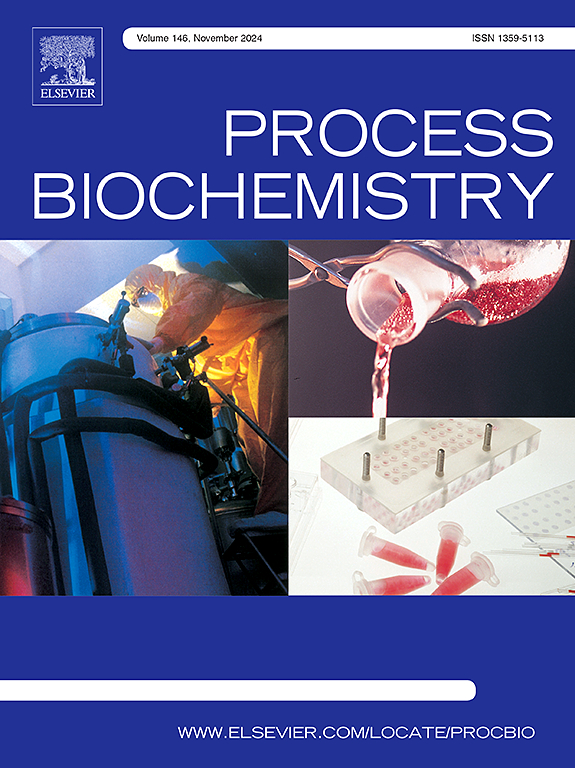The impact mechanism of Manno-oligosaccharides on ammonia oxidation and microbial communities during aerobic composting
IF 3.7
3区 生物学
Q2 BIOCHEMISTRY & MOLECULAR BIOLOGY
引用次数: 0
Abstract
The ammonium oxidation process is a critical step in the nitrogen cycle during aerobic composting, affecting the efficiency of nitrogen transformation and the quality of the compost. This study employed quantitative PCR and high-throughput sequencing to investigate the effects of different concentrations of Manno-oligosaccharides (MOS) (0.1 %, 0.5 %, 1.0 %, and 2.0 %) on nitrogen dynamics and ammonia-oxidizing microbial communities in composting cattle manure and straw, with a control. The results indicated that different concentrations of MOS increased the peak temperatures during the thermophilic stage of composting to above 60°C, higher than that of the CK (57.4°C), while ensuring that all treatments met the requirements for harmless disposal. Particularly, the germination index (GI) of the 0.5 % manno-oligosaccharide treatment reached 109.3 %, demonstrating excellent treatment efficacy. The 0.5 % manno-oligosaccharide treatment significantly increased the NO3--N content in compost (P < 0.05). The copy number of AOB amoA gene in the M0.5 and M1 treatments during the compost maturation stage was significantly higher than that in other treatments. Norank_p_environmental_samples and Nitrosomonas are the dominant microorganisms driving ammonia oxidation in the compost. Especially in the treatment with 0.5 % MOS, they play a crucial role in the immobilization of ammonia nitrogen. Structural equation modeling (SEM) analysis showed a significant positive correlation between AOB amoA genes and NO3--N in the 0.5 % oligosaccharide treatment, indicating effective promotion of nitrogen conversion by ammonia-oxidizing bacteria in the compost. These findings highlight the potential of manno-oligosaccharide as a biological modifier to improve composting efficiency and nitrogen management.
求助全文
约1分钟内获得全文
求助全文
来源期刊

Process Biochemistry
生物-工程:化工
CiteScore
8.30
自引率
4.50%
发文量
374
审稿时长
53 days
期刊介绍:
Process Biochemistry is an application-orientated research journal devoted to reporting advances with originality and novelty, in the science and technology of the processes involving bioactive molecules and living organisms. These processes concern the production of useful metabolites or materials, or the removal of toxic compounds using tools and methods of current biology and engineering. Its main areas of interest include novel bioprocesses and enabling technologies (such as nanobiotechnology, tissue engineering, directed evolution, metabolic engineering, systems biology, and synthetic biology) applicable in food (nutraceutical), healthcare (medical, pharmaceutical, cosmetic), energy (biofuels), environmental, and biorefinery industries and their underlying biological and engineering principles.
 求助内容:
求助内容: 应助结果提醒方式:
应助结果提醒方式:


